Luxury furniture often look gorgeous from every possible angle. Unfortunately, finding the right placement within a space filled with other equally breathtaking pieces can be quite the challenge. Here, we shall see how the use of ‘balance’ in interior design can be of use in optimising the sleek lines of your designer furniture pieces. But first, a brief discussion of the meanings behind these terms is warranted.
Balance refers to how visual weight is distributed within a room. The ultimate goal is to create a feeling of equilibrium, thus achieving the ‘feel good’ effect. Balance can be achieved in various ways, such as manipulating colours, patterns, and textures. And of course, getting your designer furniture placement right is absolutely critical.
There are two basic types of balance – symmetrical and asymmetrical.
Symmetry in Interior Design
Symmetry occurs when the same objects are repeated or mirrored along a central axis. Here is one quick example that uses modern furniture pieces from one of our exclusive brands, Gubi:
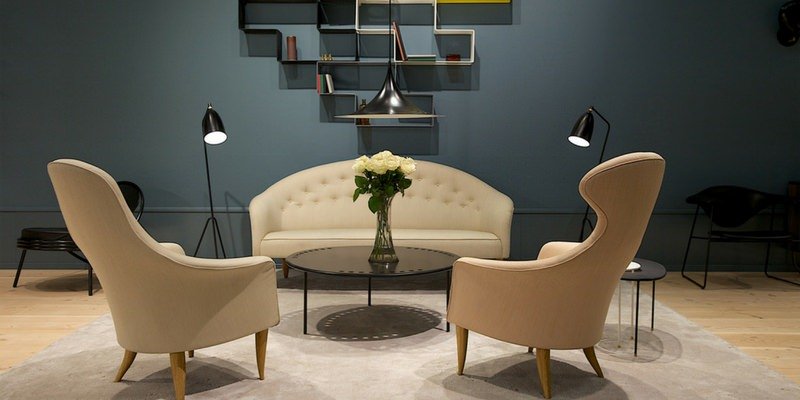
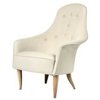
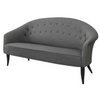

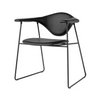


Your eyes were immediately drawn in, weren’t they? Our brains absolutely adore balanced designs and patterns because it reduces the information they will need to process to the minimum. By understanding how our environment is patterned, it allows us to take in the individual elements faster. The symmetrical arrangement may be for you if:
- You have a focal point in your room, such as a coffee table.
- Structure and order are things you crave.
- You want to minimise the time spent on achieving balance and shopping
- You prefer an aesthetic that is serious
Here is another example of how you can optimise the design of your luxury furniture pieces with a symmetrical arrangement. These designer furniture pieces are from House Of Finn Juhl.

Asymmetry in Interior Design
Asymmetrical balance occurs when there is equal visual weight while using dissimilar furniture and other objects. Here is an example using the beautiful designer furniture pieces from Fredericia Furniture:
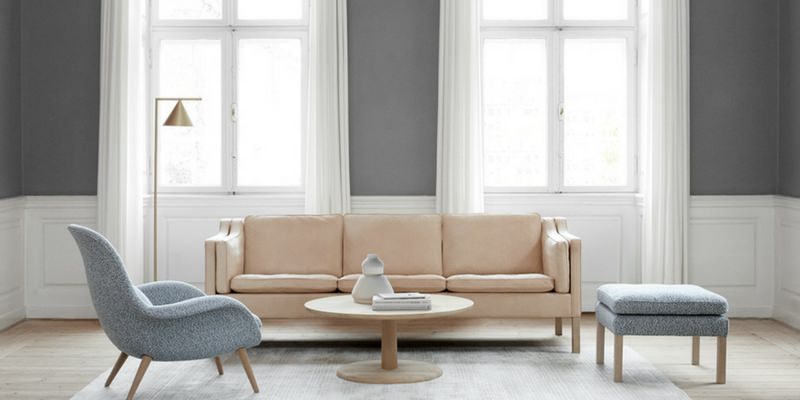
If you are hankering for more of a challenge, then you might appreciate asymmetrical balance more than symmetrical. This style is more popular in modern times, mostly due to its ability to evoke a more casual, sometimes even cosy feel. Unfortunately, achieving asymmetrical balance is difficult as there is a thin line between organised chaos and…well, chaos. The asymmetrical balance may be for you if:
- Organised chaos is where you work best in.
- You enjoy spending time arranging and rearranging your contemporary furniture pieces.
- Instead of a serious setting, you prefer a more casual and playful one.
- You have one designer furniture or one-of-a-kind piece that you’ll like to stand out.
If you would like additional inspiration, here is another example of an asymmetrical arrangement which made use of designer furniture pieces from Gubi.
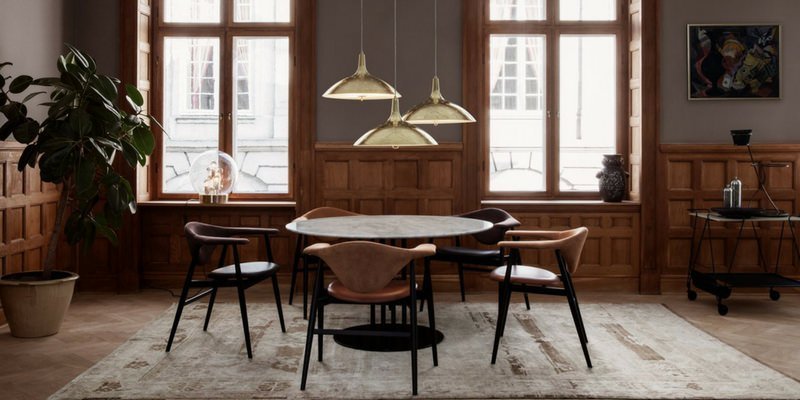
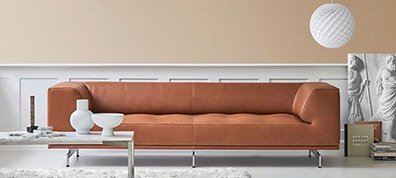

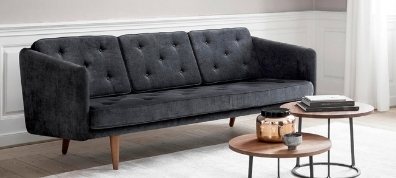
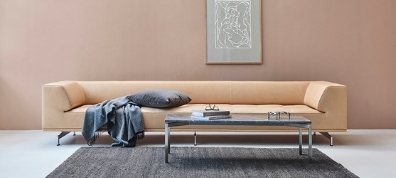

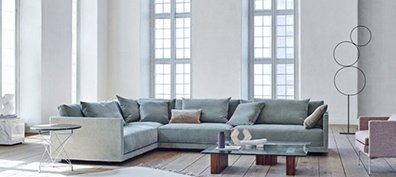
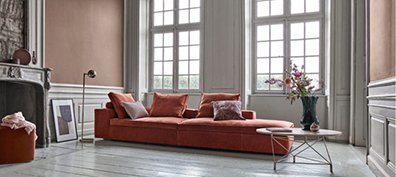
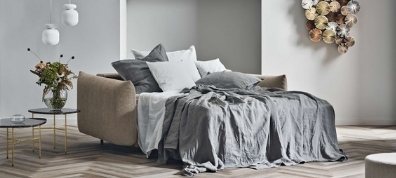
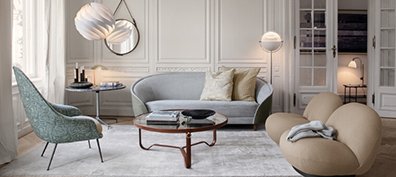
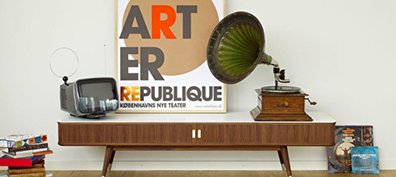
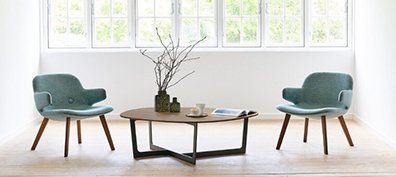
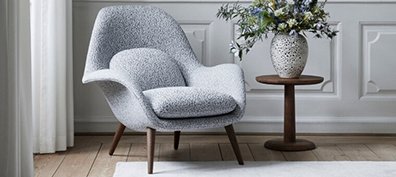
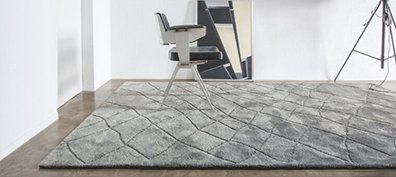
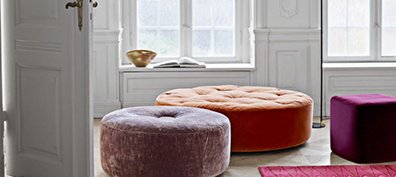
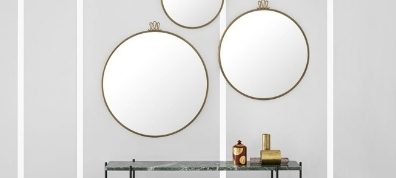
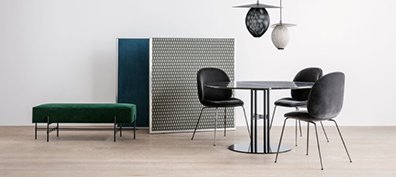
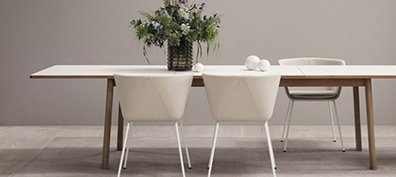
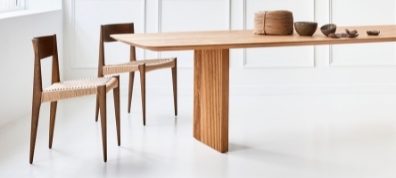
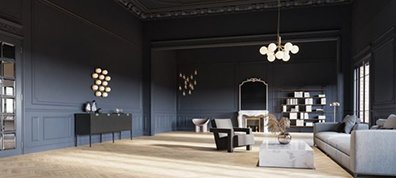
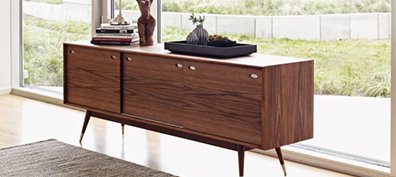
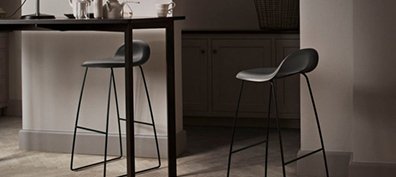

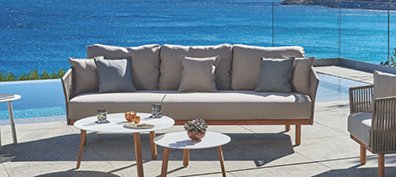
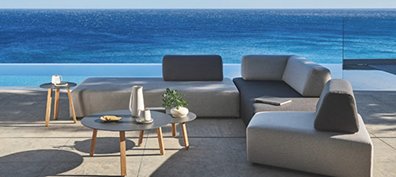
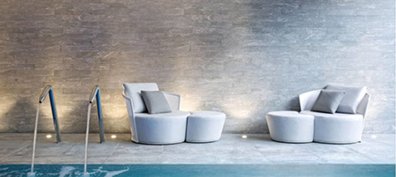
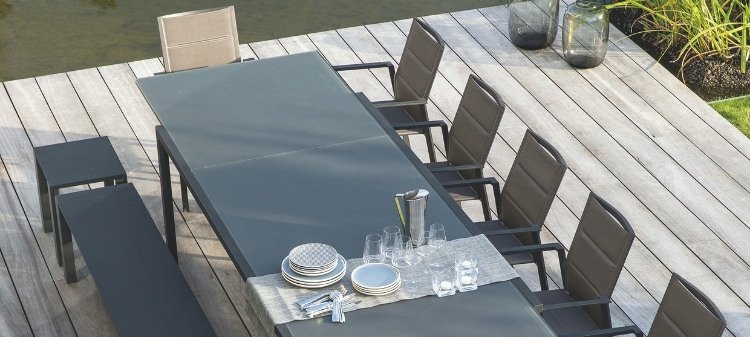
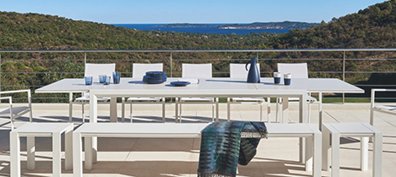
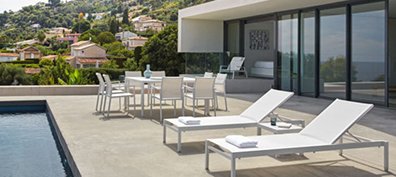
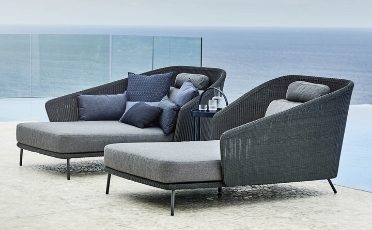
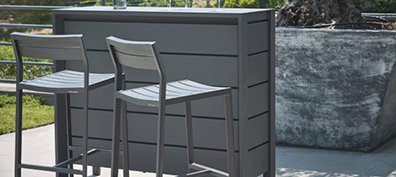
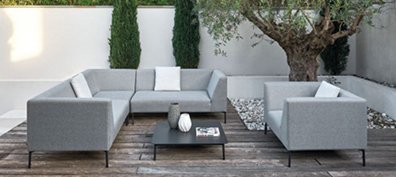
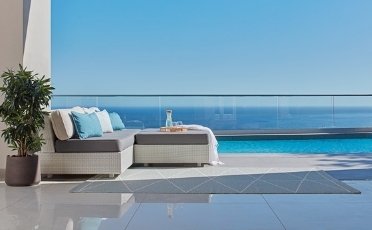
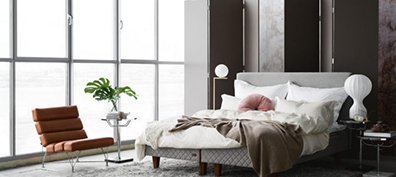
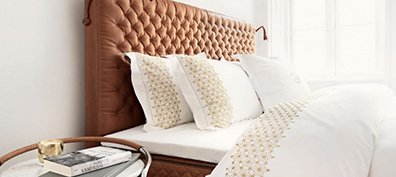
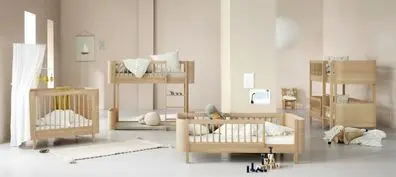
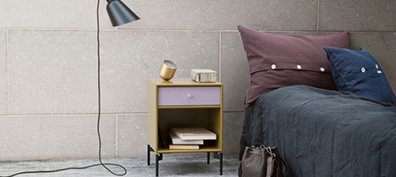
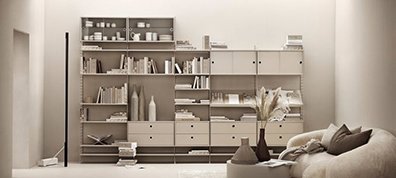
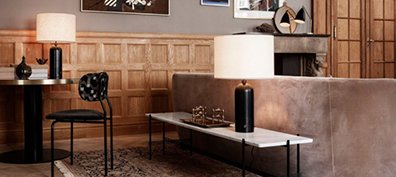
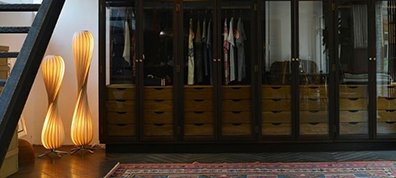
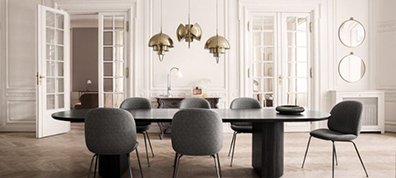

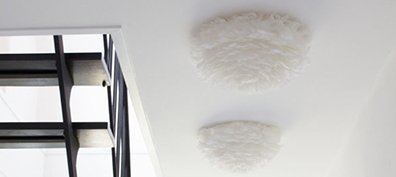
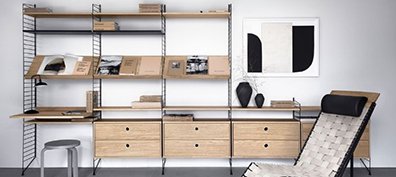
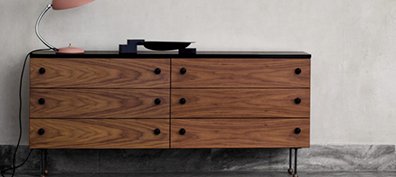

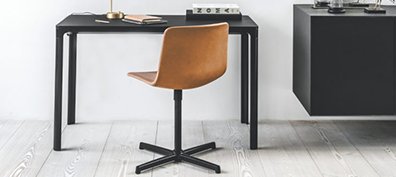



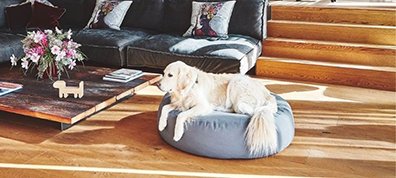






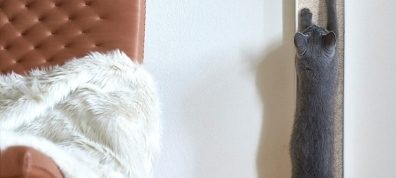


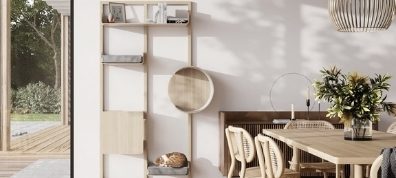
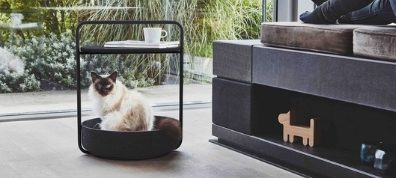
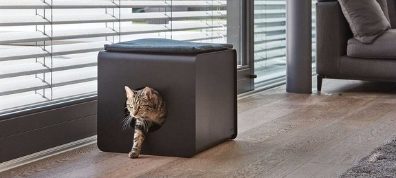

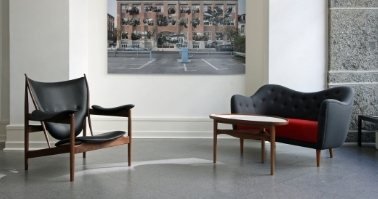
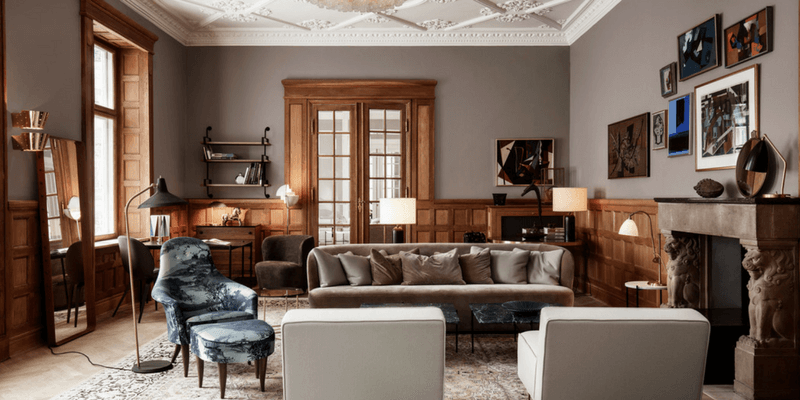

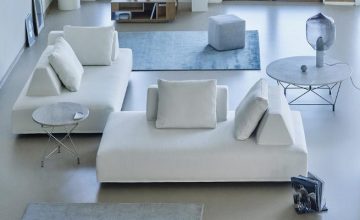
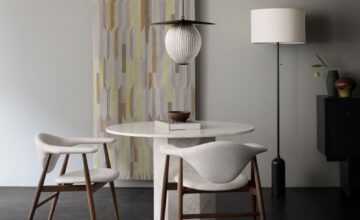
 Danish Design | Authentic Designer Furniture
Danish Design | Authentic Designer Furniture